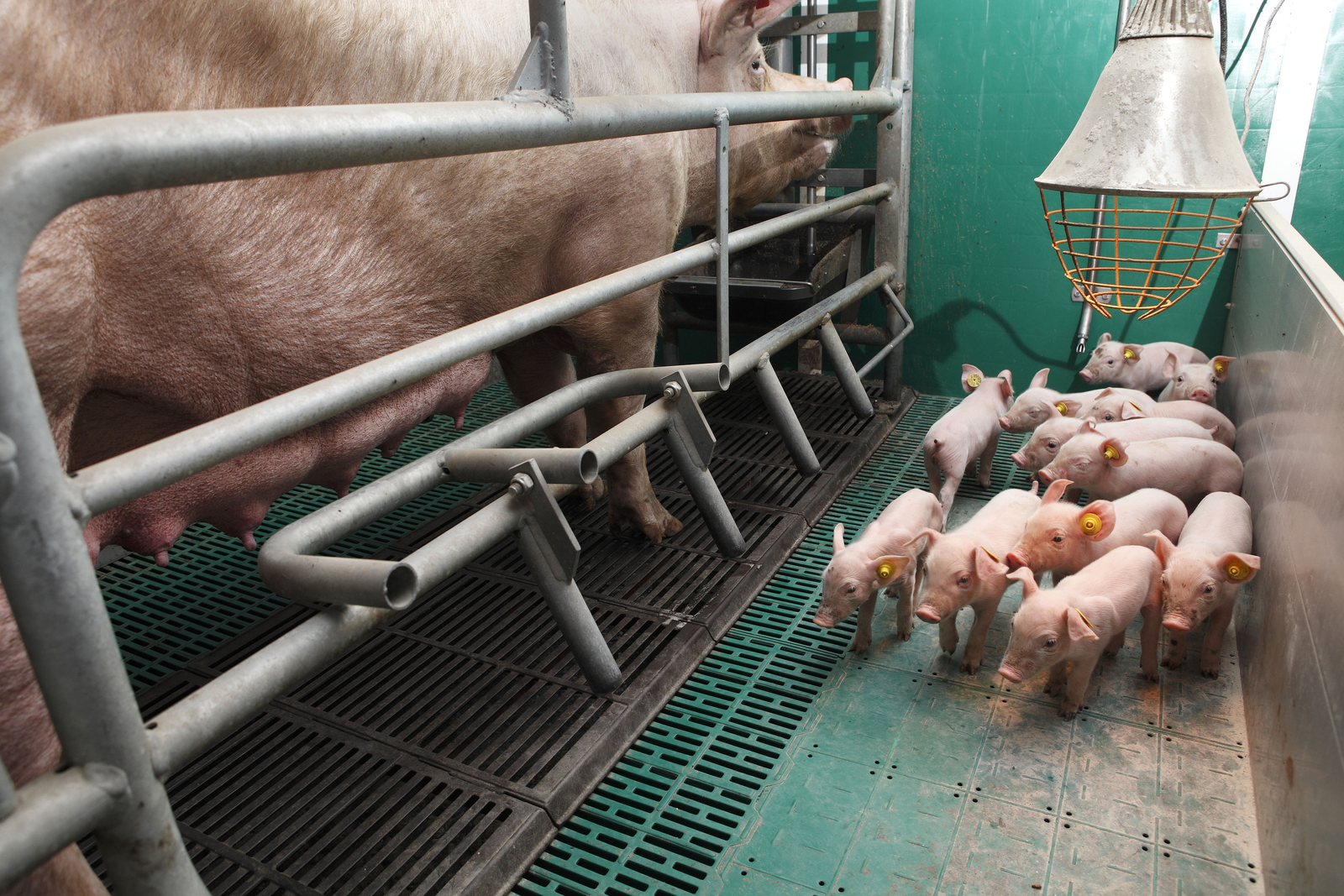Don’t forget the sow’s electrolyte balance

An optimal calcium availability is very important for a high producing sow. The use of sodium formate as a feed ?additive can be one of the options to make sure the ?animal has an optimised ?dietary electrolyte balance ?and hence enough calcium.
By Gonny van Helvoirt-Kremers, Perstorp Feed & Food, the Netherlands
Modern production sows are burdened with an enormous task. Giving birth to and suckling a litter of piglets already takes a lot out of them, but then modern animal husbandry ups the ante with improved genetics resulting in an increased number of piglets per partus. And it doesn’t stop there. In addition to optimising the number of piglets per farrowing we are also looking for ways to improve the number of parti per sow per year. One tool that we can use to make our sow’s life a little bit easier is making sure that gestation and lactation feeds have optimised dietary electrolyte balance (dEB) to ensure optimal calcium availability.
Feeding strategy
About one week before farrowing a sow will receive lactation feed in preparation for birth. At the time of birth feed intake is lower and therefore less calcium is absorbed. Calcium is needed for colostrum production and for uterus contractions. After the partus sows have to produce colostrum which immediately results in a strongly increased need for calcium. An ever-increasing number of piglets per litter also means that farrowing takes longer and more calcium is needed for the uterus contractions. It is thought that a calcium shortage in the blood can result in a longer partus and a delayed start of milk production. This negatively affects piglet survivability.
A balanced composition of the gestation and lactation feed establishes an easier transition towards the lactation period. The gestation feed should contain more fibre and the lactation feed should contain more protein. In practice both of the feeds show about the same ratio of raw materials. This not only results in unbalanced protein, fat and fibre composition, but also in a negative or too small difference in dietary electrolyte balance of the feeds (gestation vs lactation).
The full article featured in AllAboutFeed 8 2014 also covers dietary electrolyte balance, using sodium formate in feed and much more, you will find the article on pages 33 and 34.











